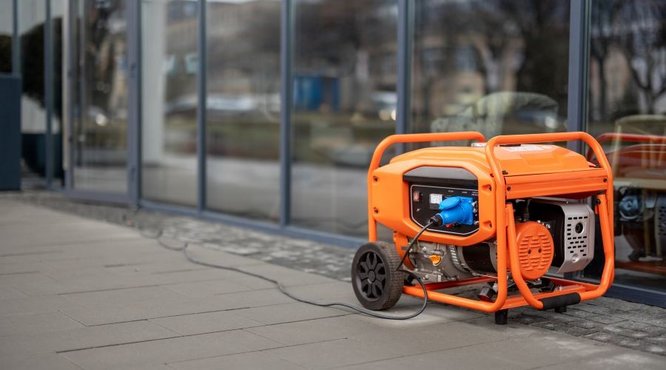Starting an Allotment
Has something recently piqued your interest in allotment gardening? It’s easy to understand why! Managing a plot can offer lots of great benefits for your physical and mental wellbeing.
Allotment gardening can give you a chance to get some regular exercise. It’s not a strenuous activity, so it’s great for everyone. You can also benefit from getting fresh air into your lungs and some sun on your skin. Just 15 minutes of exposure to sunshine can give most people a healthy dose of vitamin D. But always remember to wear sunscreen and to cover up to protect your skin from sun damage.
The sense of achievement and chance to eat your own fresh produce shouldn’t be underappreciated, either. You’ll learn new skills, see results, and maybe even get a chance to pass your knowledge on to others. Growing organic fruit and vegetables means you know what you’re eating, with the peace of mind that you’re not ingesting any chemicals. You can also save a little bit of money doing this.
Last but not least, the contact with nature and the allotmenteering community can be amazing! You’ll get to experience wildlife and make like-minded friends, or you can simply enjoy the solitude. If you love animals, keeping hens and rabbits is permitted as a holder’s right. Keeping other livestock, including bees, is subject to the landowner’s permission. Always check your tenancy agreement first.
Allotments for Beginners
How to get an allotment
If you’ve decided to go ahead and find your first allotment, you’ll have to find an available plot. You can do an internet search for “allotments near me” to find local plots for rent. You can also apply for an allotment through your local council.
Sometimes you can be allocated a plot right away. But, you might have to add your name to a waiting list depending on the area.
How much is an allotment?
The fees for holders varies on location and allotment size. They don’t tend to be expensive. You can usually pay per year for a full plot, with a discount for holders over 60.
Traditionally, an allotment is measured in rods (perches or poles). A full plot is 10 rods, which is approximately 250 square metres. If that sounds like too big a garden to manage, half plots are also available a lot of the time.
When to start your allotment
Sadly, when you take over a plot, it’s usually following a period of neglect. Couch grass, nettles, and weeds can spread and take over a space fairly quickly. Unless you’re lucky, you’ll probably need to clear your allotment before you can start growing what you want.
It’s best to clear your allotment as soon as possible. The ideal time of the year to do this is autumn and winter. During these seasons, most plants are dormant, which will allow you to prepare the ground more easily.
If you’re on a waiting list, you might not be allocated a plot at the best time of the year. For example, if you take over an overgrown plot in the spring, you’ll lose out on planting and sowing seeds for that cycle. If this happens, you could use the time to design an allotment planner. You can organise jobs month by month, and fill it with some ideas. A planner is a great way to manage your plot. You’ll be able to make a sowing calendar for fruits and vegetables, and a plan for chitting, cloching, and fleecing.
First allotment jobs
-
Clear the plot. This can include removing weeds and unwanted materials or debris, like rubbish that’s collected.
-
Prepare the soil. Aerating the soil can make it better and easier for planting. You can also take a soil test to learn the condition of the soil. A PH test will help you to decide what fertiliser or compost to use.
-
Build structures. Sheds, toilets, greenhouses, and other structures can be really useful on an allotment. Check with your landlord before building or installing any structure.
-
Start planting! Consider using a crop rotation cycle. Rotation means growing different groups of vegetables over a period. It helps to reduce crop-specific diseases and pests.
Allotment rules
-
Keep the plot free of weeds and keep it in good condition.
-
Do not use the allotment for the purpose of any trade or business.
-
Do not cause any nuisance or annoyance to the occupiers of other allotments or obstruct any path used by the other occupiers of surrounding allotments.
-
Do not sublet the plot without the written consent of the landlord.
-
Do not build any structures without the written consent of the landlord.
Allotment tools & essentials
-
Water pump or supply.
-
Watering can.
-
Spade.
-
Fork.
-
Rake.
-
Hoe.
-
Wheelbarrow.
-
Hand trowel.
-
Shears, secateurs & scissors.
-
Gloves.






